|
Parishioners of St. Paul’s Roman Catholic Church on the Piikani Nation will arrive at the Christmas Eve mass a bit early; the church is relatively small and the place is likely to be packed. Upon entering the wooden building, the faithful will pause near the front door, using their hands to waft sweet grass smoke over their heads and arms. Smudging is an indigenous spiritual practice that’s used to bless or purify people before meaningful ceremonies. At St. Paul’s, the smudge bowl is side-by-side with the holy water. It is a practice Fr. Roy Jayamaha embraced when he arrived at the country church nearly four years ago. Having worked in Catholic communities in Pakistan, where more than 98 percent of people practice Islam, the Sri Lankan-born priest knows that meaningful inter-cultural dialogue requires action. “I feel the main pastoral work here is to lift high the spirit of our people and respect their rich culture, I always try to find connections to meet them with Creator." St. Paul’s is located in Brocket, a rural community about 20 km from Pincher Creek. Since Fr. Roy’s arrival, the church has added a tipi-shaped tabernacle. Other altar and church hall adornments also feature the work of local indigenous artists. Parishioners appreciate the integration of their cultural practices and symbols, says Vera Potts, who has served as parish council chair since Fr. Roy arrived. A mother of three, grandmother of seven and great-grandmother of 11, the 80-year-old Potts takes that same attitude of a willing servant to work with her every day at the local health clinic, where she still works full time. A residential school survivor, Potts admits she can be overwhelmed by fearful memories of that experience. “I’ve learned to forgive. But being human, it’s hard to forget and a lot of triggers happen still today.” Nevertheless, her faith provides consolation and hope. “I can trust in the Lord. He’s the only one in the world who could pull me through what I experienced.” Building community Once open mostly for Sundays and funerals, St. Paul’s began offering Sunday and daily masses when Fr. Roy arrived in 2016. While this country pastor typically celebrates the 5 p.m. daily mass alone, people are coming to the Sunday service. Many of them stay after mass to share food and fellowship in the basement hall. These informal gatherings include full meals after masses that celebrate major feast days or important events. The potlucks attract Catholics and non-Catholics alike and all the food is donated. “In our culture, the elders teach us never to be stingy with food. We share food. We live by that,” says Potts, noting that Christ taught the same. Parishioners also volunteer their time to maintain the church and grounds, which includes a grotto and a small-scale replica of the first church that once served a Catholic residential school located about 7 km from present-day St. Paul’s. Since Fr. Roy’s arrival, St. Paul’s has upgraded the church, liturgical items, put a new roof on the replica church, renovated the church hall and painted the rectory. All of the work was financed by parish fundraisers, Mission Council, good friends and generous benefactors. This fall, parishioners raised $2,000 towards the church insurance bill by volunteering with a local catering company. Earlier in the year, they added another $1,000 by hosting a giant garage sale. “Father Roy makes us really work,” says Potts with a laugh. “All of what we have is through fundraising. We’re not a rich reserve, but we take a lot of pride in what we have.” Like Fr. Roy, Potts is pleased that 19 Piikani children received First Communion at St. Paul’s in 2018. Another four were confirmed by Bishop William McGrattan in 2019. With time, Potts is hopeful more people will bring their children to mass and receive the sacraments. “We need parents to be really taking responsibility for teaching their own children the importance of Christianity.” Her comments mirror Deacon Thomas O’Toole’s thoughts about his work at St. Paul’s. O’Toole, who also serves as a deacon at St. Peter’s in northwest Calgary, admits some might note the differences between the parishes he serves, one in a First Nation community of 3,500 people, the other in a suburban neighbourhood of Alberta’s largest city. O’Toole focuses on the similarities. He hopes parishioners at both churches “grow together in love for Jesus, Mary and Joseph such that they will be a light for others.” Like Potts, he also wants Catholics “to engage with the sacraments and come to know the great love God has for us.” For Fr. Roy, a willingness to be a witness of Christ’s love sometimes means inviting locals, including some homeless men, to share a meal with him at the rectory. He also takes homeless men with him when he participates in an annual highway cleanup day and offers a hot meal in exchange for their labour and company. “As far as I know, our parish is the only parish that goes for highway cleanup with their pastor and the deacon,” says Fr. Roy. Drop by drop, a river forms That same spirit of sharing what you have prompted Potts to suggest an addition to this year’s Christmas Eve mass. Earlier in the year, Fr. Roy gave jars to parishioners. Since then, each family has “put coins in there and at midnight mass they can put their jars at the crib,” says Potts. The offerings, made with love and humility, show the community’s love of Christ and its appreciation for their church. “The sacred rituals and the holy place are so dear to their hearts,” says Fr. Roy. The little country church he shepherds also hosts AA meetings, gospel music nights and interdenominational healing services. Plans are underway to restore and preserve the Our Lady of Lourdes grotto built at the residential school some 75 years ago. Every year, St. Paul’s holds an outdoor mass at that grotto, which many locals visit as a pilgrimage. The annual mass attracts residential school survivors who attended Catholic and Anglican schools in the area. Fr. Roy is hopeful that recent changes at St. Paul’s are evidence of what Pope Francis has called the Church to do. Speaking at the closing mass of the Amazon Synod held in October, the Pope said, “how many times, even in the Church, have the voices of the poor not been heard and perhaps scoffed at or silenced because they are inconvenient.” Reflecting on his time at St. Paul’s, Fr. Roy says faith and fellowship are fueling positive change at Piikani Nation. “Drop by drop, it’s becoming a river.” Written by Joy Gregory for Faithfully
Photos submitted by St. Paul's in Brocket.
10 Comments
Fr. Michael Storey knows he might not be able to attend a formal Remembrance Day service this November 11. As a hospital chaplain in the Diocese of Calgary, the Catholic priest could find himself beside a hospital bed when other Calgarians pause in reverent silence at the 11th hour of the 11th day of the 11th month. But make no mistake. While Fr. Storey may not be able to hear the dying notes of the Last Post, he will feel the lament in his heart. And he will remember. November 11, for this priest, is a matter of country, family and faith. Fr. Storey’s dad and brother served the Canadian navy in the Second World War. During the same conflict, where 42,000 Canadians died and another 55,000 were wounded, his uncles were soldiers in the Canadian Armed Forces (CAF). Having grown up in a family that sacrificed so much for so many, Fr. Storey admits it wasn’t difficult to step up when a friend and Calgary-based reservist mentioned the need for a military chaplain in Calgary. “I realized that military personnel needed spiritual support. I was also working at St. James parish, so it was easy for me to go back and forth between the parish and Currie Barracks.” Fr. Storey served that role in Calgary from 1987 to 1999. Fr. Sajo Jacob, parish priest at Mother Teresa Syro Malabar Church in Calgary, assumed the military chaplaincy about two years ago. He was introduced to the ministry by students he met while serving as the campus chaplain at SAIT and Mount Royal University, a role he held from 2009 to 2019. Some of the students he met there joined the military and invited Fr. Jacob to bring his ministry there. Two years into the role, he’s grateful for the chance to serve military personnel, many of them young people, as they encounter the challenges of military service in defense of the country. “They are often away from their homes, they face personal crisis, they sacrifice for the country and people, and I felt a calling that I will be able to help them.” A ministry of presence Unlike more typical priestly ministries which focus on bringing sacraments to the faithful, military chaplaincy is a “ministry of presence.” As a chaplain, Fr. Storey met military personnel at formal events. He also dropped by places like a military rifle range if he knew soldiers and reservists were there to practise. “You do what you can to remind them that you are there if they need you,” he explains. His formal role also included being one of two uniformed military officers who made next-of-kin calls to the families of military personnel who died in service to their country. “I was on three of those calls during my 12 years in the service. It was humbling,” he recalls. The chaplain’s role is akin to “being a guide and mentor,” adds Fr. Jacob. “Sometimes you become a point of contact at a time of crisis and challenges. It is a vocation where you journey with people and you become God’s instrument to share peace and love.” Whereas parish priests serve Catholic congregations, campus and military chaplains work in secular and interfaith spaces. “Chaplains are there for everyone and we guide and support whoever seeks help, regardless of religion, or orientation,” explains Fr. Jacob. His faithful presence in personal crises has included talking to people contemplating suicide. There is no question that military chaplains witness Christ for others, adds Fr. Storey. He remembers being touched by the words of a former altar boy who attended an event to commemorate the priest’s 40th anniversary in the priesthood. “He told me, ‘I was so proud of my parish priest when I saw him in his uniform,’ That meant a lot to me.” He and Fr. Jacob both view military chaplaincy as service to their nation. “It is my role in the nation-building process,” explains Fr. Jacob, himself an immigrant from India. In addition to serving military personnel as a spiritual guide and mentor, Fr. Jacob helps organize religious services and advises commanding officers in matters of religious accommodations and spiritual and ethical issues. This Remembrance Day, Fr. Jacob will officiate at a November 11 ceremony. He says the events do more than remember fallen soldiers and veterans, they also inspire young Canadians in their message of service. Written by Joy Gregory for Faithfully
Four years ago my mother had a stroke. Now she has vascular dementia. It is not exactly the same as Alzheimer’s. There is a tendency to lump all dementia together as Alzheimer’s, but there are actually several kinds of memory loss. Vascular dementia distinguishes itself because its progress is neither predictable nor consistent. Cognitive changes occur in steps. There are plateaus where the person’s memory holds steady followed by sudden changes. During each plateau I accustom myself until a new step occurs, inviting a new grief. Most difficult for me has been the loss of abilities that, to my mind, most clearly identify my mother. For example, my mother can no longer remember how to bake the German cakes, which for decades have marked the seasons of our family life – Schwartzwälderkirchtorte on my birthday, Sachertorte on my father’s. These cakes symbolized her love for us. What happens to my mother’s love now that the symbol of that love is gone? Loss of memory can feel like the loss of a person, a death before death. In fact, the social worker assigned to help me calls it ‘ambiguous grief’ because the losses occur repeatedly without finality. Recently, I attended a liturgical congress for which the theme was anamnesis or liturgical remembering. My earlier reflections on memory had to do with the memorization of liturgical texts and how the things we remember become part of us and identify us with certain cultures and communities. I found myself wondering: if my mother no longer remembers the things that identified her, who and whose is she? One of the papers at the conference, given by Rev. Prof. Liam Tracey (OSM), was about worship in the age of dementia. Tracey referred to the practical theology of John Swinton, who proposes that we are not what we remember rather, God remembers us. Although it may be satisfying to use memory to construct our own identity and to connect with others, Tracey explained that God’s memory is not a neurological act; we are not as we think. One of the things experts say is that when you visit people with dementia you have to enter into their reality. While I tend to identify my mother in relation to how I remember her, a spirituality of dementia invites me to consider instead how God remembers. When we recall God’s saving deeds in the Eucharistic Prayer of the Mass, we fulfil Christ’s command to “do this in memory of me.” This anamnesis is distinct from non-liturgical recollection in that it actually makes the past events of salvation present again. It is not our individual memory of what God did for us in Jesus Christ, but God’s memory given to us in the liturgy that continues to save us. Although I grieve the changes in my mother’s cognition, her being is not ultimately determined by what she can remember. Losing memory does not have to mean a loss of identity because, for Christians, it is God who remembers. Written by Dr. Simone Brosig, Liturgy Consultant / Director, Diocese of Calgary
I was born in Glace Bay, Cape Breton, N.S. May 25, 1936. At the age of 14, I moved to Montreal to live with my sister and brother-in-law.
After my school and college years, my first employment was with United Amusement Corporation where I was an assistant manager in the Van Horne Theatre. During my teen years in Montreal, I experienced a collapsed lung and was taken to the Royal Victoria Hospital. It was during my convalescence, I would visit other patients. And after my discharge, I continued to visit patients. During my time in Montreal, I would visit St. Joseph’s Oratory. My young heart was touched when I saw the prosthetics, canes and wheelchairs that were left behind by people who had been healed by their belief in God and trust in the power of prayer. I traveled to Calgary in 1958 (population 447,000). When I was settled, I started visiting the Children’s Hospital, the General Hospital and the Colonel Belcher Hospital. I played pool, cards, and other board games with the patients. I also visited the Holy Cross Hospital where my training in spiritual care began. The order of Grey Nuns instructed me on how to visit with patients. In the early 60s we were entrusted by the diocese to distribute Holy Communion. I was employed in sales and marketing until my retirement in 2000. In 1980, my wife Marie and I moved to Canyon Meadows and attended St. Gerard’s. In 1983, we moved to Midnapore and attended St. Patrick’s Parish. Our Pastor Fr. Joe Rigby asked me to start up a Pastoral visiting team advising me of a new program that was approved by Bishop Paul O’Byrne. Five of us parishioners signed up for the new pastoral visitation program lead by Brother Leon Jensen and Mrs Halina White. Today, we have more than 40 active Pastoral Care volunteers. Upon completion of the course, I was assigned to the Rockyview General Hospital. I was honored to be assigned to visit Bishop Paul during his two years at the Beverly Nursing Home up to the last half hour before his passing. June 20, 2013, during the Calgary Flood I was going into the Shawnessy Library when a number of our hospital patient transport vans and ambulances started to arrive. One of the hospital representatives recognized me and asked if I had my hospital ID. I retrieved it from my car and was sequestered for the next few days moving residents who were arriving from nursing homes in the flooded areas. We set up tables; served food, took residents for walks and for rides, watched movies in the library and prepared their beds. After the residents were relocated, I went to High River. One of my duties was to pass out bottled water and supplies with the Red Cross. This year, 2019, is my 61st year of visiting the sick in our diocese. That’s 32 years at the Rockyview Hospital and five years at the new South Health Campus Hospital. After giving my notice to Alberta Health, I am still continuing my pastoral visits in our community and I look forward to many more years of service in the Pastoral Care ministry. Your Brother in Christ, Michael McDougall I lived at Elizabeth House in July 2009. I was initially staying with my Mom’s third cousin in Calgary as I needed to be away from the dad of my kid. We had been together for six years on and off as I always caught him cheating and was emotionally manipulated.
After my US trip, we didn’t see each other for three months and as usual, he was trying to win me back and I thought he changed. It was a one-time deal and then I got pregnant. It was not great news for both of us, since I had just passed on my crown as a national beauty queen in the Philippines, having represented the country in the international pageant of Miss Earth and won Miss Photogenic. I had also just started my job in the Nestle Philippines when we found out I was pregnant. As usual, he would still have girls around and still be so sweet to me. I realized it was not a healthy situation as he was not committed, and he would always hold me back. He tried to win me back so many times, but as he was not fully committed to me, I knew I had to help myself. So, I left him knowing I would be in a better place. But living with relatives is harder than I thought. Especially when there’s judgment in the situation and if they don’t understand the many changes in pregnancy. It wasn’t healthy anymore in that house. I even reached a point when I wanted to leave the world, but no, I couldn’t do it because I had my daughter inside of me. So, I remained strong and fought hard. I asked our Parish priest, Father Edmund Vargas, who is also a Filipino, for help. He recommended Elizabeth House. After being accepted, I found peace. The House was equipped and the people were warm. I like the division of tasks in cleaning, cooking and also the seminars and events every week. I found my family in Canada. Elizabeth House helped me focus more on my pregnancy and prepare for my delivery as well as for motherhood. The social workers were so helpful. I am so glad that there’s a place like this. In the Philippines, we don’t have much help like this. That’s the reason why it has been my dream since that time (10 years ago) to put up my own Elizabeth House. And indeed, after 10 long years, I have finally started and our House is now being built. I believe that there’s a reason for everything and nothing is an accident. This happened to me, so I would know my purpose. I have goosebumps as I write this, but I believe I have finally found my purpose. To build this House that could help many women in crisis. I know what they go through, I know their challenges, I know how to help. And, finally, I can help. No one thought I would end up being a single mom, I was not the type. But like I said, there’s a reason for everything. I also believe that our worst moments give birth to our most amazing moments. This amazing moment in my life includes giving birth to a beautiful baby girl, whom I love and cherish the most. I believe she is my greatest achievement, and now this opportunity to launch Elizabeth House Foundation Philippines. Again, many thanks to you all! May you continue to help women and make them stronger in facing motherhood. Praying for you all and our mothers in the House, always! We Love you! Jeanne and Gabby
For parents like Brenda-Lee Kearney, the mass is delightfully chaotic, yet peaceful. She and her husband Mike have an 11-year-old son with FASD, Fetal Alcohol Spectrum Disorder. They love Jacob and they love their church. But bringing Jacob to mass is difficult and after Kearney approached her parish priest with an idea, the Special Needs Mass began. The once-monthly, then bi-weekly masses became a regular 5 pm Sunday mass after pastor Fr. Jerome Lavigne moved to St. Pat’s in 2018. And the Kearneys are grateful. With a mission to create a loving, supportive and compassionate community that renews and restores faith and hope to families and children with special needs, the mass shows “God is really at work here in our parish,” says Brenda-Lee Kearney. Parents with special needs children often stay after mass for welcome fellowship. While most participants are from the parish, others attend as word of the mass spreads. “I believe most of us are parenting our kids in a community that doesn’t understand our reality. We are understanding of each other because we are living it.” That message resonates with Fr. Matthew Schneider. “There is a natural sense of community when we come together to worship. Where possible, it’s nice to be able to add elements that make worship more meaningful to certain groups of people,” says Schneider, who said the Special Needs Mass at St. Pat’s on June 22. A former Calgarian now living in Washington, D.C. where he’s working on a Doctorate in Theology, Schneider says one Catholic church in Washington hosts a regular mass that features an interpreter for the deaf. Other masses are conducted in languages other than English. He likes what St. Pat’s has consciously done to accommodate a group of believers often marginalized in the greater society. In addition to the dimmer lights, the 5 pm Sunday mass features visual “cue cards” that tell parishioners went to sit, kneel or stand. The pictures show the appropriate action along with a simple message such as, “Please kneel for the communion rite.” “Typically, we have the same songs at these services. It’s all part of dialing back on the sensory experience. Many of these children benefit from a very calm environment,” explains Kearney.
From the day my Father, Theodore was brutally and callously murdered in Toronto, on Easter Monday, March 27, 1978, I wanted to meet his killer. I wanted to know how it was possible to do such a horrific thing. I wanted to know how he felt about destroying the lives of so many; my family’s, and his own. We did meet. The meeting occurred in July of 2007. Because of reading about an award I received for my Therapeutic Writing Workshops and the publication of my books about healing, voice, and agency, he emailed me. Our meeting, our reconciliation, even those many years after that dark, dark day, was a rich blessing in my life and proved helpful for him too. The word forgiveness is one that can lead to great suffering for victims and offenders alike. Victims are told that if they do not forgive, they cannot heal. Offenders are told that if they are not forgiven, they cannot move on from the crime they have committed. Forgiveness is a loaded word, with as many understandings, expectations, and definitions as there are experiences of savage loss, savage grief, savage pain. In 2012, after too many years of thinking that my life did indeed end with my Father’s, I completed a Master’s Thesis. The title: Sawbonna-Justice as Lived-Experience. Sawbonna means shared-humanity. It also means I see you, you see me. Sawbonna means that no one is better in the eyes of God. It means that we are good, bad, ugly, amazing, loved, loving, and free. Free to know that whether we can forgive or are forgiven by another human being, we are deeply known, cared-for, and embraced by God. A God who invites us, gently and generously directly back into our very own hearts. Hearts of love. Hearts of justice. Hearts of Sawbonna. We are seen. We each matter.
About God’s Work As a testament to what a determined woman can do with God’s help, Thorn began Project Rachel while raising her family of six children. Project Rachel began as a diocesan initiative in 1984, and from there it gained momentum and widespread support across the United States and then Canada, which includes the Diocese of Calgary. She recalls at that time there were no experts to call upon when she developed Project Rachel. However, she was convinced then and still now practises a post-abortion healing ministry that offers anonymity, has a strong spiritual element and includes a psychotherapeutic component. The name Project Rachel is inspired by Scripture: “Rachel mourns her children, she refuses to be consoled because her children are no more” (Jeremiah 31:15). Thorn knows that mothers of aborted babies go through different types of grieving and often seek forgiveness in the Sacrament of Reconciliation. They are not the only ones who are traumatized from the loss of their child. Fathers who didn’t want the abortion, grandparents and siblings who later learned about it are also devastated. Thorn has travelled to 28 countries speaking to thousands about not only the impact of abortion on men, women and on our culture but of what God’s ultimate plan is for humanity revealed to us through the science of the human body. Family Matters Thorn takes great joy in seeing her children value life. Now they’re all grown, and there are 14 grandchildren for her and her husband to enjoy. Each of her kids, she says, along with their loving partners and her grandchildren “are just a delight to my heart.” Despite needing to lay low for health reasons, she said she’s still busy looking to expand and develop a framework for post-abortive healing in places around the world because, she explained, “you can’t just use an American model in other countries.” Her research has led her to seek communities of sisters who are already, as she said, “the boots on the ground” serving the people where they are. In Milwaukee she says, she’s running a program for African American pastors who want to learn about post-abortive healing. There is a great need but “not a lot of help.” Theology of the Body This March, she’ll find herself at the Theology of the Body Conference in Calgary to speak to attendees about the science that undergirds the Theology of the Body, much of what she says is “well researched, but not well known.” We have been seeing the effects of the sexual revolution since the 1960s culminating in what many in the Church refer to as a culture of death. Thorn spends a lot of her time explaining the wounds many of us experience as a result, with scientific studies to help her show the audience hard facts. What we will hear from her is much deeper than what we heard from high school sex education. Armed with the facts of male and female biology, the science of attraction and the biochemistry of sex and conception, Thorn will take us through the beauty of God’s plan for the human body. “We haven’t really understood how awesome we are in terms of our sexuality,” she said, adding that over time the wonder and beauty of sex have been lost. What she’ll share with us will be concrete, uniting what the Church teaches with scientific fact, which will further our knowledge of what she says is “God’s intentional plan.” Looking at all she has achieved and the ministry she continues to grow, attendees to the upcoming conference will be blessed to be part of her journey and work. Written by Jessica Cyr
From the moment Phyllis and Clem Steffler walked into Evanston Summit, they knew it was destined to be their new home. “Phyllis was ready to move in the next day,” laughs Clem. Retired and living in Airdrie, the couple was seeking greater ease in their lives, without the worry of maintaining a home and cooking their meals. They’d been looking at options when Judy, from Covenant Living’s Evanston Summit, met them at their local church and invited them to a BBQ. They walked in and immediately loved the welcoming, attractive front entrance. Their instinct was confirmed several months later when their daughter, a public health nurse in Toronto, was in town. “We took her to several retirement residences,” Phyllis recalls. When they got to Evanston Summit, she turned to her parents and said, “Dad and Mom, this is the place for you.” The couple moved in on July 18, 2018.
Laura Tysowski pays homage to her late role model and author of The Passion of Loving, Micheline Paré. In her letter Laura shares what she learned from the book and what she wished she told Micheline before her death. Micheline Paré worked as a Compassionate Care Consultant and as the Diocese of Calgary Pastoral Care Coordinator at Rockyview Hospital. Her message of love and hope is something we all could benefit from at a time of loss. My Dear Micheline. When we met for the first time somehow our souls locked. I was sitting in the front row and you came up to me with a smile and touched my hand and whispered in my ear "You are beautiful". It's been months since we last talked. I'll never forget the day we first met at St. Cecilia's Roman Catholic Church. It was May 17, 2018 at the Diocesan Pastoral Care Course #84. "Caring with Compassion". I sincerely apologize for not getting back to you sooner. As Benjamin Franklin once said, "Don't put off until tomorrow what you can do today. From this I learned the value of time; snatch, seize, and enjoy every moment of it. No idleness, no laziness, no procrastination: never put off till tomorrow what you can do today. I was wanting to go and have coffee with you at the Rockyview General Hospital and maybe I could volunteer with you in working with the elderly. I did complete the course, "Caring with Compassion" and now I'm an Exemplary Pastoral Minister. I have the two books titled "The Compassion of Loving" you signed and gave me during the course. I have two because I promised that I would get one signed by the Honorable Senator Dan Hayes who wrote the preface to your book "The Congruent Compassionate Approach".
There are days Annemieke Henri has to make herself leave her home in Bowness. Widowed just months ago, she knows that it’s important for her to be around other people. She knows it’s good for her to get her own groceries, attend Mass and meet up with long-time friends to golf, bowl or snowshoe, activities she enjoys. Henri also knows that her forays into the world sometimes do little to stem what can feel like a rising tide of sadness. Grief is like that. Even when you have others to grieve with, you grieve alone. Henri’s husband, the beloved Deacon Albert Henri, died August 28, 2018. Diagnosed with stage four lung cancer just 48 days earlier, “he’d never been sick before, never been in hospital,” recalls Henri. A mother and grandmother, she grieves Albert’s loss in her family. “I also grieve his loss as a deacon’s wife. We were deeply connected to the parishes of St. Bernard’s and Holy Name.” Does Henri take comfort in her faith? Absolutely. “At this point, I hope and believe that Albert is in heaven; that he is home. Without my faith, I would have been really lost.” But make no mistake; while faith gives Henri a kind of life raft, there are days—and moments in almost every day— when it doesn’t feel like the raft will hold. When grief fuels despair Peggy Tan knows what it feels like when grief fuels despair. Several years ago, Tan lost her mother and father-in-law in close proximity. “It was devastating to our family.” Struggling through the intense emotional pain, she joined a grief support group at her parish, St. Michael’s. Now known as Grief Share, the program runs for eight weeks beginning in January and September. Those who need more immediate support are linked to a companion program. “We are not counselors, but we listen. It’s good for the person who is grieving to know they are not alone,” says Tan, one of the three parishioners who coordinate grief support at St. Michael’s. While most GriefShare participants are Catholic, many begin the program angry with God. Following a Christian program developed in the U.S., GriefShare uses prayer to help participants rekindle their trust in God, says Tan. Seeking support Annemieke Henri hasn’t ruled out joining a support group in the future. For now, she seeks comfort in family and long-time friendships, including one with the widow of another deacon. She is also learning that it’s okay to sometimes want to be alone in her grief. On Christmas Day, for example, Henri took a few hours away from family to be alone. “I started fretting about that first Christmas alone way before Christmas. I took some time that day to feel that deep loss, to want it to wash over me and to feel my connection with God.” As grief is a profoundly personal experience, it’s not uncommon for people to reach out for grief support years after a loss, says Tan. “People have to be ready and the Holy Spirit will guide them.” Written by: Joy Gregory
Sonja Corbitt’s personal transparency of her humanity and wounds invites the reader to consider their own families of origin and subsequent life choices. Each of us have wounds and our protective responses created hurdles to the healing Christ longs to give us through the gifts of the Holy Spirit, Sacred Scripture, his Mother Mary and the Church. Often these hurdles will present themselves as patterns as God, our creator, is a God of order. They have value in our spiritual growth as our predominant fault will be revealed providing opportunity for the Holy Spirit to heal. The revealing, though painful and humbling, allows for us to see and experience the tenderness and persistence of our Lord. He desires wholeness for us. It is through cooperating with his grace we let go of fear, learn to trust, and He tenderly releases us from destructive relationships, habits, circumstances and desires. However, Ms. Corbitt does not delude the reader into thinking this will be a quick fix. She recognizes that God allows patterns to reveal exactly where He wants to work. Ms. Corbitt recognizes the courage and challenge required of the reader to identify the worldly comforts that have become unsatisfying but provide an illusion of control or protection. Her heart-felt examples articulate her understanding of suffering and the hope it brings when God’s mercy is allowed to mold it and we submit to his timing. Furthermore, she is delightfully brash in encouraging us to ask of God and seek the desires of our heart. Ms. Corbitt presents a solid foundation and understanding of scripture, church teachings, and lives of Saints on which to build the map to “unleash” the reader from the “patterns” which have become destructive. The Holy Spirit works with us - as is - and through the Word. He creates order from disorder. “The Holy Spirit works outward to inward and in an upward spiral to God” (p. 37). Ms. Corbitt is gifted as a writer, and intertwines personal narratives, scripture and teaching. Therefore, one reading will not be sufficient to fully comprehend her message. Ms. Corbitt finishes each chapter with a review and invitation to guide the reader to deeper understanding and healing. This book could be utilized as a devotional, reference or group study. The new year encourages us to reflect and pursue newness, change or growth. Even if you are not at a point of dissatisfaction or crisis, but you have come across this brief review - consider it an invitation to explore your spiritual development. If like myself there has been a pervasive experience that is demanding change, or begging for healing - grab a copy of Unleashed, cooperate with the Holy Spirit, risk trusting and embrace the journey of healing.
Through insightful illustrations and applications, Paprocki helps us orient ourselves to seeking the good of others, of recognizing and setting limits, of rediscovering the beauty in the ordinary, and seeing ourselves as we truly are; mortal human beings unconditionally loved by our Creator. Perhaps fittingly, the most insightful question Paprocki challenges us to reflect on is in the final chapter. Like the disciples on the road to Emmaus, Jesus challenges us to see ourselves within the story of Scripture, to open our eyes to the mystery of God’s presence, and let our hearts be kindled for the journey ahead. Paprocki asks us, ‘What sparks a fire within your heart?’ then leaves us with these words; “The God we seek is on fire, has a mission, and invites you and me to be a part of it. Imagine that.” Dr. Lance Dixon currently serves as Director of Campus Ministry at St. Mary’s University. Formerly an Anglican priest in Toronto, Lance moved to Alberta with his wife and children when he became a Catholic educator with Christ the Redeemer school division, and most recently with Calgary Catholic school district. He is passionate about the new evangelization of the Church for mission in today’s world.
The lineup for a free hot meal organized by the Diocese of Calgary often begins an hour before the doors to St. Mary’s Parish Hall open at 3:30 p.m. Rain or shine, wind or snow, people come by the hundreds. Most arrive on foot, some aided by canes or walkers. Others come alone. The adults will all take a seat beside others gathered at the long communal tables, but some will never speak. Those with children walk around to the hall’s back entrance. Pushing strollers, carrying toddlers, holding the hands of shy children and smiling at the antics of tweens and teens, they will be seated in the family section of the weekly supper known as Feed the Hungry (FTH). At one dinner held this past summer, a young mother travelled 90 minutes—taking three city buses—for the opportunity to take her three boys out for a meal. Illness keeps her from working. Her boys keep her from giving into despair. Faith, hope and charity A modern-day version of the Christmas story plays out near St. Mary’s Cathedral nearly every Sunday night of the year. Here, the menu includes a hot meal served alongside a good helping of faith, hope and charity. A downtown Calgary institution since 1994, FTH welcomes as many as 500 people to its Sunday suppers. The event gives many of its guests temporary respite from emergency shelters. They are joined by parents with low income who welcome a break from meals made with items found in emergency food hampers; seniors parenting grandchildren; single people, couples and families couch-surfing through their wait for affordable housing; working parents for whom a couple of days off work to nurse a sick child means the month’s pay cheque no longer covers rent and food. Other guests may like to sleep “rough,” but welcome a tasty hot meal made and served by kind people. Across the room from the family tables sit the less-than-sober. Every guest, regardless of age or situation, will receive table-side service of salad, a hot meal, beverages and desserts. Guests are welcome to ask for seconds and it’s not uncommon for the volunteer servers to step in when they see a young eater who’s not happy about the night’s fare. “Your little boy doesn’t like tonight’s entrée? Let me check with the chef. We’ll find him something.” For a few hours once a week, there is always room at this inn. It takes a village Every FTH meal is sponsored by a parish, company or community group, says Program Manager Sartre Jean-Gilles. Sponsors donate $5,000 and agree to supply up to 100 volunteers. To keep everything running smoothly, another set of regular volunteers serve as Team Leads and oversee specific stations. The menu is managed by other rotating teams of volunteer cooks. Some cooking teams are organized around parish links. Others are staffed by groups of friends. Bishop William McGrattan likes the way FTH garners widespread community support. While many of its benefactors are Catholic, others participate simply because they seek to serve the less fortunate. The Bishop is also a fan of how FTH enables children to serve alongside their parents.
On Dec. 16, an anonymous sponsor will treat dinner guests to live entertainment. Each of the diners will also receive a $10 gift card for a fast food restaurant. Those cards were donated by parishioners, FTH sponsors, vendors and volunteers. Watching the first group of diners enter the hall, one of the Dec. 9 volunteers smiles. He’s been here before and he’s pleased to be back. “I’ve learned not to judge.” He doesn’t need to know why his guests are there. He’s just grateful they have a place to come. Written by: Joy Gregory
Would you go to jail for Jesus? That’s the question the Roman Catholic Diocese of Calgary is asking people of faith—and a growing number of those who hear that request are choosing to walk into provincial and federal prisons on a regular basis.
As volunteers with the Diocese’s prison ministry, most go to pray with people who can’t leave when the allotted time is up. Retired seniors and working professionals, they know their ministry raises the eyebrows—and sometimes the blood pressure— of family and friends. Why would you do that? Aren’t you afraid? It seems risky to me. Their collective response? Because Jesus asked me, I am not afraid, I am grateful. “It’s a humbling experience,” says Elly, 78, of her regular visits to the Lethbridge Correctional Centre. There, she prays the rosary once a week, returning once a month for mass. Led by the Holy Spirit, she’s now thinking that’s not enough. “We don’t have enough time to just talk with the people.” Elly arrived at that realization while attending the annual prison ministry volunteer appreciation luncheon which welcomed current and potential prison ministry volunteers who have been attending an introductory workshop. Organized by the Social Justice office, the introduction to prison ministry workshop included a discussion of prison ministry in the context of the Catholic faith. Participants were invited to a special prison ministry volunteer appreciation luncheon on Saturday, August 18. There, David Milgaard was one of the speakers. Milgaard, who was jailed at 17, spent 23 years in federal penitentiaries for a crime he did not commit. At the luncheon, he likened volunteer visitors to the opportunity to breathe fresh air. Calling prison “a horrible place,” he credits the quiet witness of volunteer visitors with bringing Christ into his life. He also admits that happened over time. What he most appreciated about the people who visited him was news from the outside; tidbits of normalcy delivered to a life behind bars. Jack, another former inmate, delivered a tainted version of that same message. Imprisoned in federal institutions in Bowden and Drumheller, Jack was matched with a visitor who simply didn’t show up. He was grateful, however, for the post-prison support with housing and employment that he received from Peter Worsley, a reintegration-chaplain with Bridge Ministries, a Mennonite Central Committee program funded in part by the Diocese. Worsley introduced Jack at the workshop. Jack and Milgaard say life in prison was made tougher by the constant pressure of gangs. They also grappled with the ongoing temptation, fueled by a human instinct to survive, to park their morals at the prison gates. The ministry-prep workshop, which will be held again in the Spring, is one of the ways the Diocese helps volunteers prepare to take on Christ’s work in the community, says Outreach Ministries coordinator Marilou LeGeyt. That support is important to volunteers like Elly, who’s relatively new to this ministry. She says the volunteer appreciation luncheon, which included several deacons involved with prison ministry, strengthened her commitment. “It’s hard to explain. But every time I come home from the prison, I feel somehow that I’ve done what Jesus asks me to do.” Written by: Joy Gregory Dear Friends and Family, Tuesday, starting at 5 pm, a group of us gathered at St. Mary’s Church in Brooks to pray for my Grandmother and her soul. We asked Christ to intervene in convincing her and others that dying a natural death allows God’s grace and mercy to be poured out upon all people involved. We sang many beautiful hymns, prayed the Chaplet of Divine Mercy, sat in silence, Adored Christ in the Blessed Sacrament and celebrated Holy Mass together. Afterwards, a group of people gathered at my home for fellowship, food and drink. We toasted to my Grandmother’s life and to one another.
Please continue to pray for my Grandmother to accept natural death as a gift to her and to our family. Also, pray for ways that we may influence society to understand the graces poured out upon us when we visit the suffering and care for them as we would want to be cared for ourselves. Increased personal support and prayer support for those in poor health will reduce the chances of people seeking physician assisted suicide. Thank you to all of you who prayed for my Grandmother, for my family and for our world. I know that well over a hundred people agreed to pray and that four masses were offered up by priests and a Bishop and a Brother for my Grandmother on the day she was scheduled to die. Intercessory prayer IS heard and has the power to change the future. Pope Francis, in Evangelii Gaudium, mentions intercessory prayer. A great brief meditation on intercessory prayer: 283. The great men and women of God were great intercessors. Intercession is like “a leaven in the heart of the Trinity”. It is a way of penetrating the Father’s heart and discovering new dimensions which can shed light on concrete situations and change them. We can say that God’s heart is touched by our intercession, yet in reality he is always there first. What our intercession achieves is that his power, his love and his faithfulness are shown ever more clearly in the midst of the people. After this experience, I am filled with thankfulness to God and his great mercy and for the people of God who continue to pray for each other. Most of all, the message I receive from this situation is, Prayer is Powerful and Prayer Works! I feel drawn to pray with other people more often using song, scripture, Prayers of the Faithful, the Chaplet of Divine Mercy, the Holy Rosary and daily Mass. In closing, I would like to invite you to think about spending a half hour a week supporting a person who is suffering. If you are a person who is interested in visiting people in the palliative care unit in Brooks, please let me know. I’ll help you and partner up with you, if you like. In addition, if you would like to visit people in palliative care units or hospices in other cities, but don’t know how to go about it, please let me know. I can provide you with a step-by-step guide explaining how to approach care unit staff in order to gain access to patients who want visitors. In addition, the guide includes recommended strategies that will allow your visits go well. Again, thank you for your prayers, your emails, phone calls and personal visits associated with my Grandma’s situation. You have been Christ’s light in the darkness. With gratitude and increased faith, Kim Heinrichs
Below is a video series on the Catholic Response to Medical Assistance in Dying (MAID), presenting Bishop William McGrattan, Dr. Eric Wasylenko and Fr. Cristino Bouvette. Moral Theology of Catholic Decision MakingThe legalization of Euthanasia in Canada is of concern to all Catholics, not only those employed in the medical profession. As euthanasia (often termed Medical Assistance in Dying or MAID) involves the intentional taking of a person’s life, it presents a challenge for all who are committed to upholding the dignity of life and protecting the most vulnerable in our society. In a thoughtful and considered presentation which is of significance to all who are committed to living the Gospel message faithfully, Bishop William McGrattan of the Diocese of Calgary, Alberta, identifies the many spiritual concerns which flow from the legalization of euthanasia – including many you may not have previously considered. Topics discussed include: the role of individual and institutional conscience; the basis for conscientious objection by medical professionals; the principle of cooperation as it relates to taking one’s life; and the risk of scandal. Regardless of how familiar you are with the subject, Bishop McGrattan presents insights which are sure to lead to further reflection. Truly Caring for the Terminally IllDr. Eric Wasylenko, a palliative care physician and clinical ethicist, shares his insights and concerns relating to the legalization of euthanasia (often termed Medical Assistance in Dying or MAID) in Canada. Medical intervention to hasten death differs greatly from withdrawing medical care so as to allow a natural death. He explains how attempts to exert human control over the process of death are in conflict with both the traditional concepts of palliative care and the true essence of what it actually means to care for and assist those who are terminally ill. Dr. Eric Wasylenko proposes that we ought not to apply the label of “conscientious objectors” to those who oppose euthanasia, but rather direct the dialogue to reflect that reality that those who oppose euthanasia hold deep convictions and are determined to adhere to their moral commitments. The Dignity of Human LifeFr. Cristino Bouvette, a priest for the Diocese of Calgary, leads an impassioned and inspired discussion on the Church’s teachings regarding euthanasia. As a consequence of the incarnation – the Word becoming flesh – acknowledgment of the dignity of each person as made in God’s image rests at the heart of Catholic social doctrine. As Fr. Cristino Bouvette explains, the Church does not pronounce on matters of morals without providing reasons which are derived from both scripture and rationality. As he guides us through Church teachings relating to the end of life, Fr. Cristino clearly illustrates why opposition to euthanasia is necessary to not only abide by God’s law, but also to draw each person’s heart closer to the Heart of God and the divine and personal plan which Jesus has for each and every life. Allow yourself to be inspired to live the Gospel more deeply. |
Author
Catholic Pastoral Centre Staff and Guest Writers Archives
July 2024
Categories
All
|
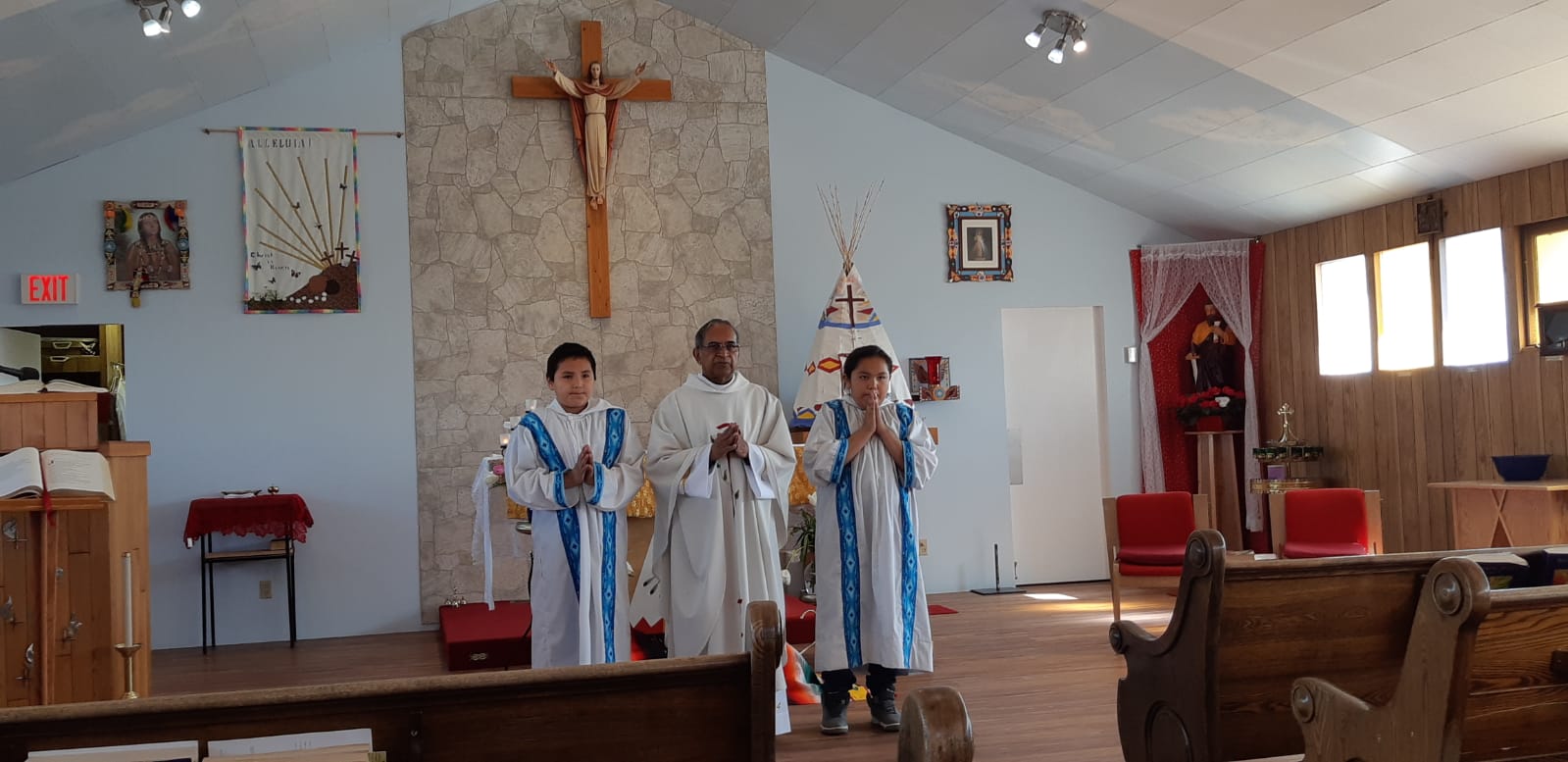
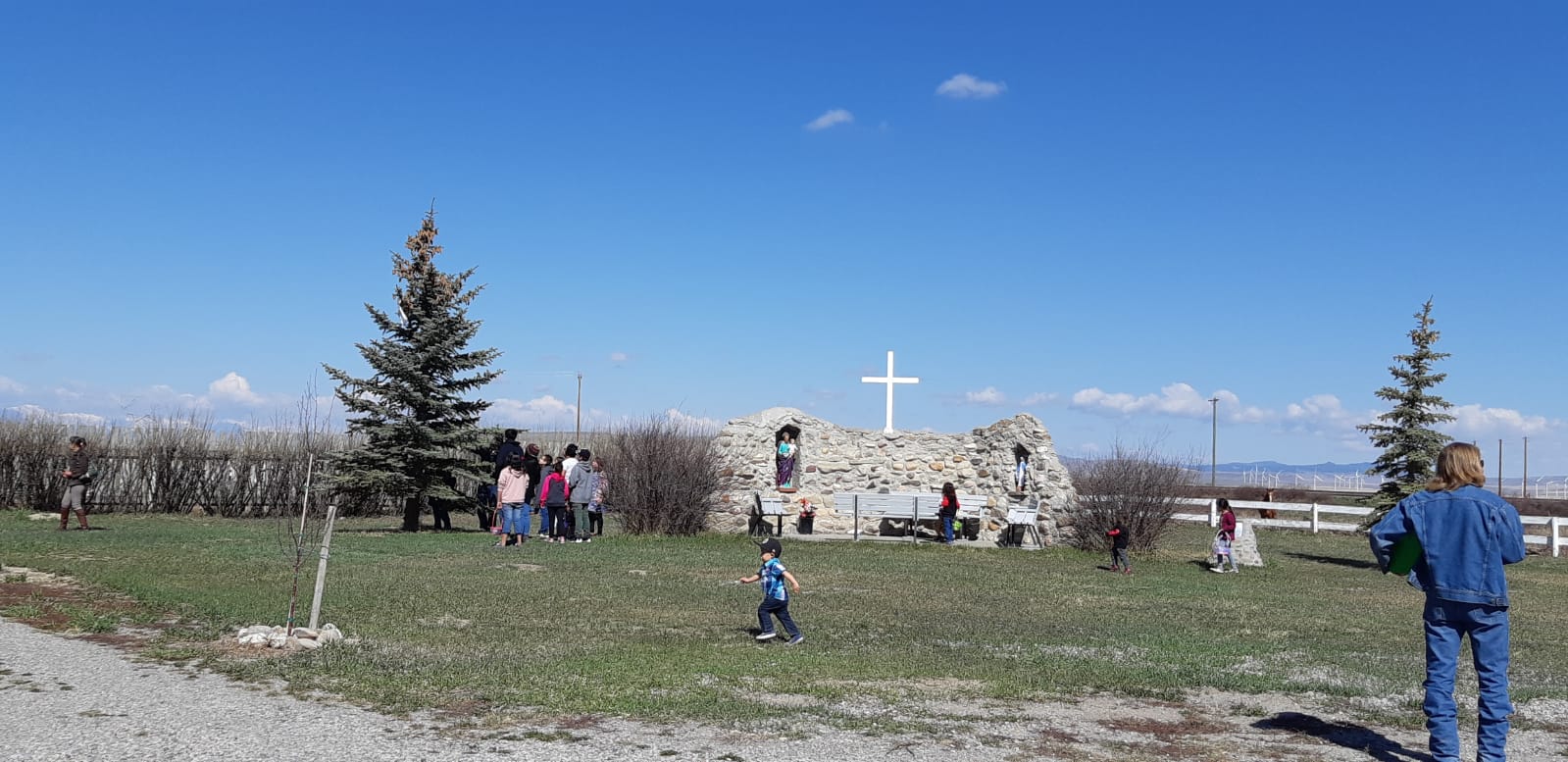
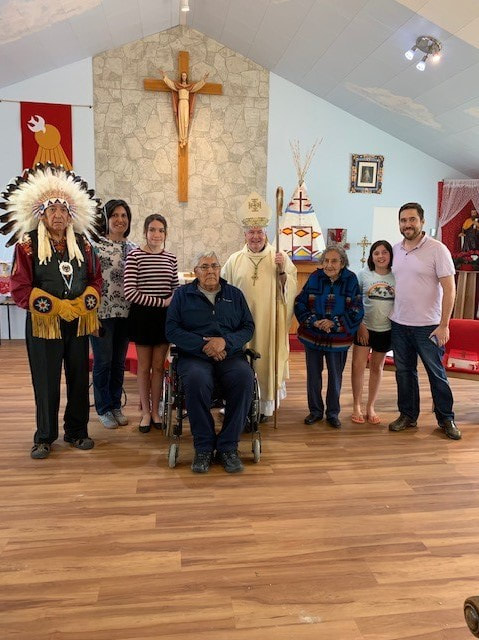
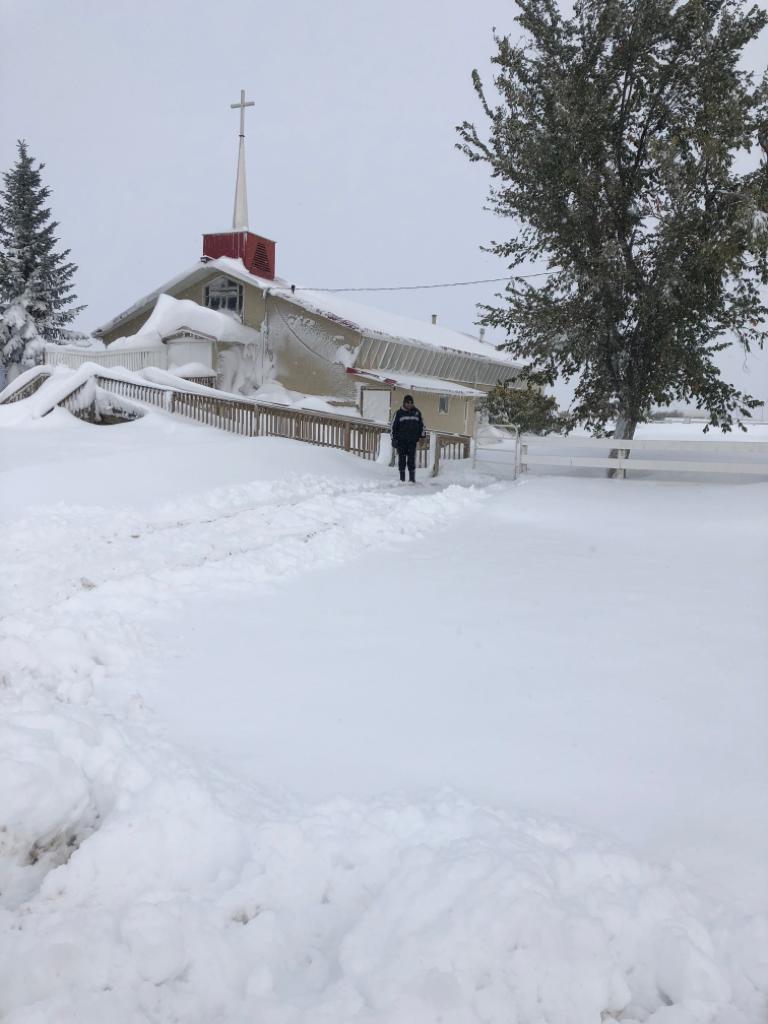
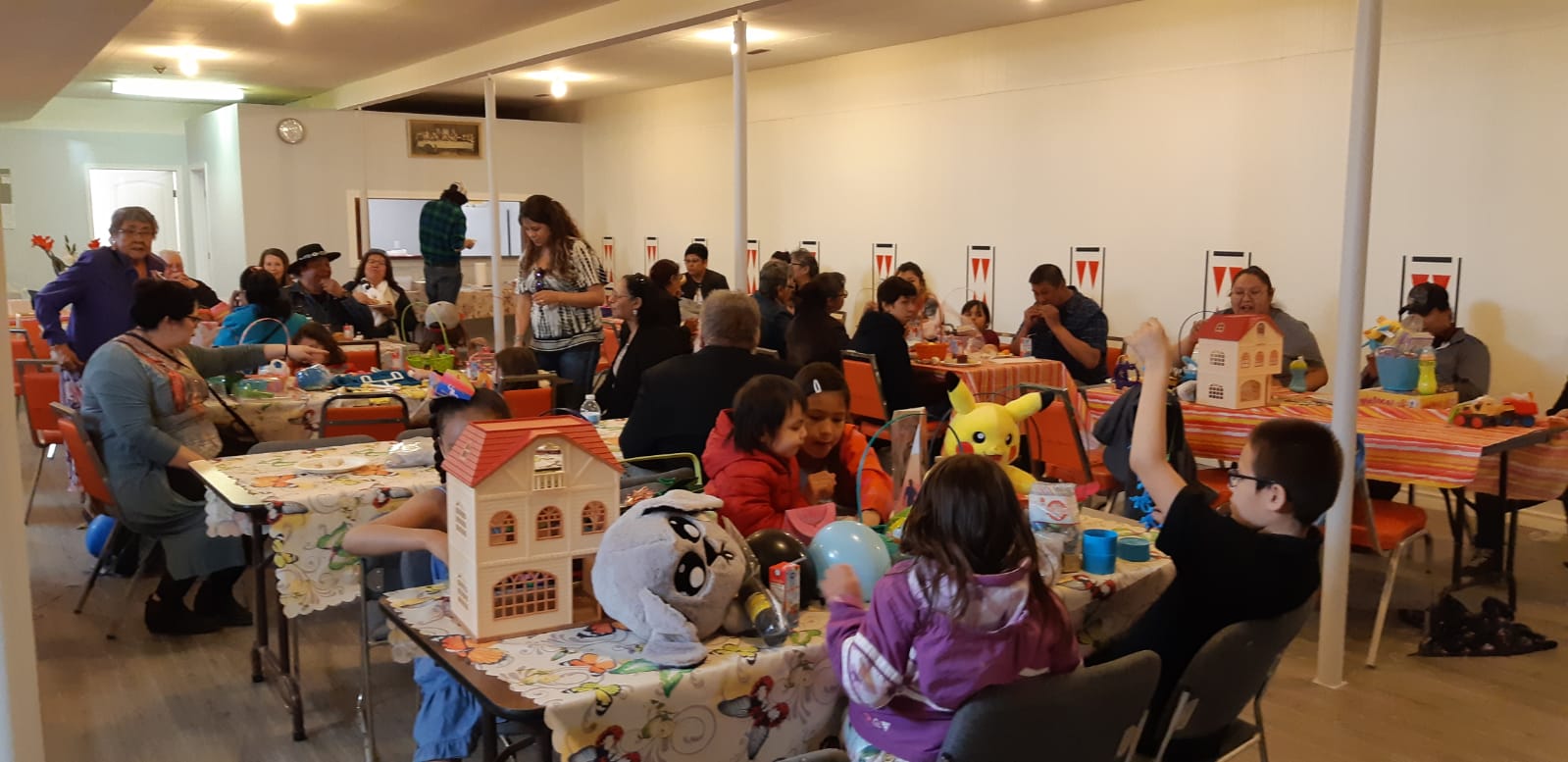
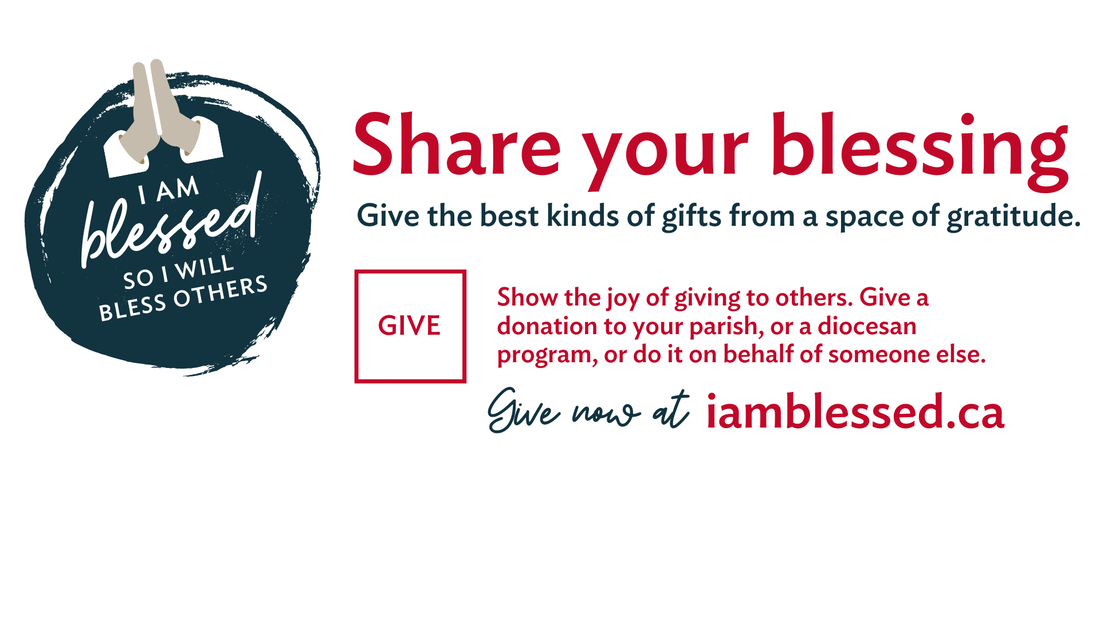
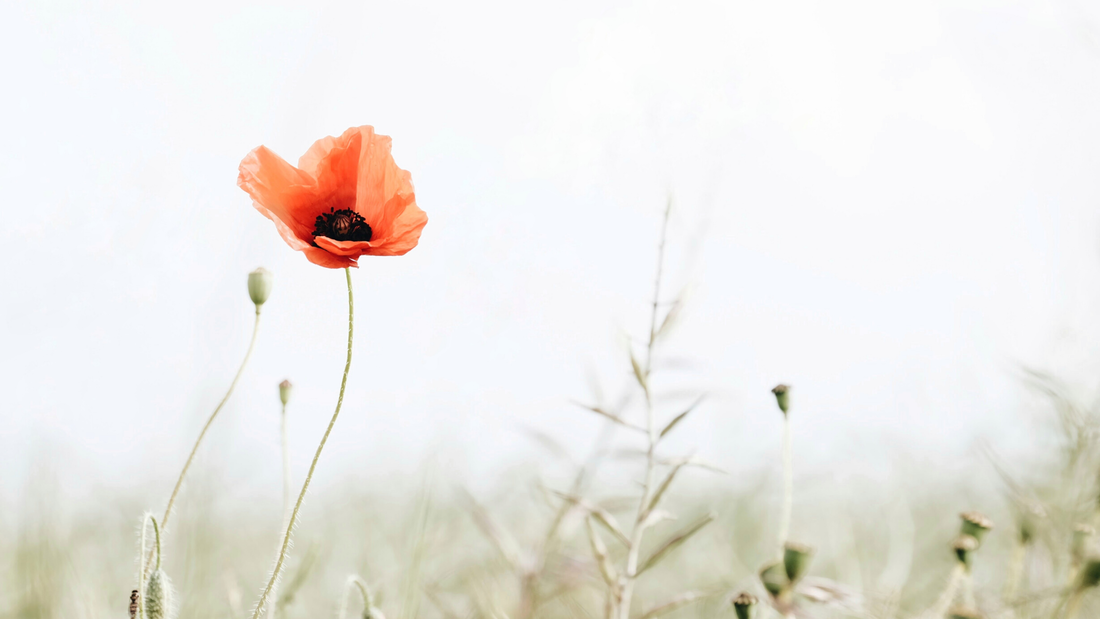

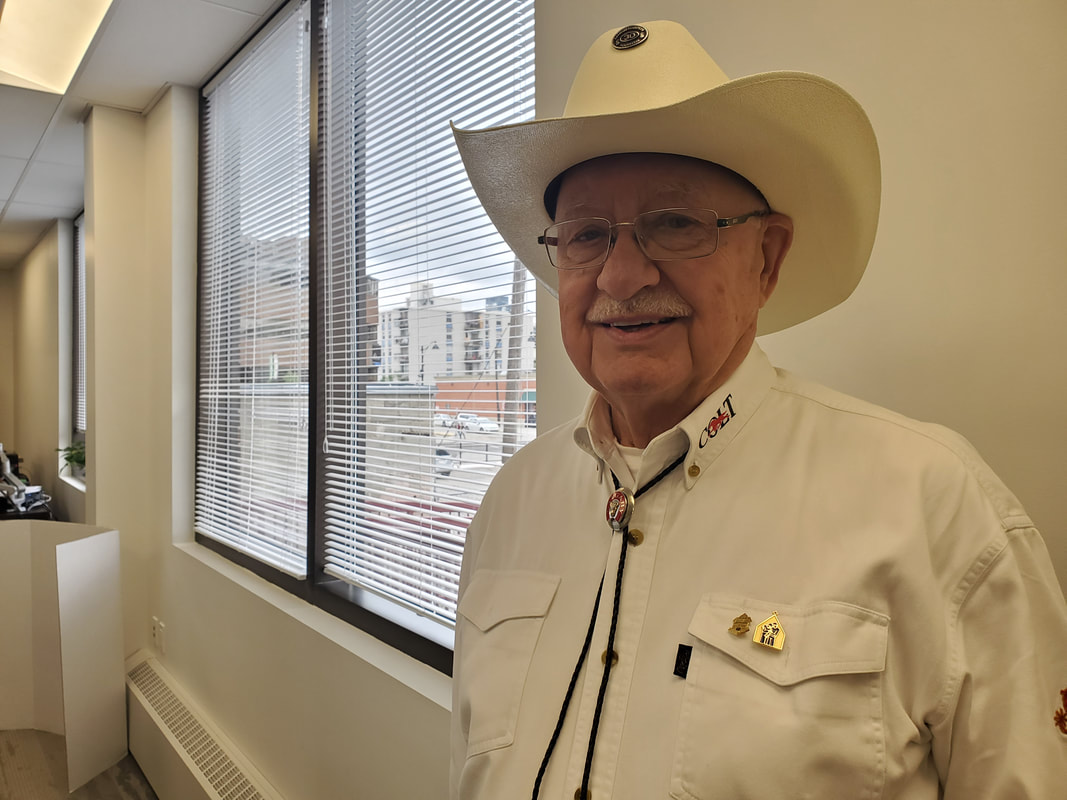
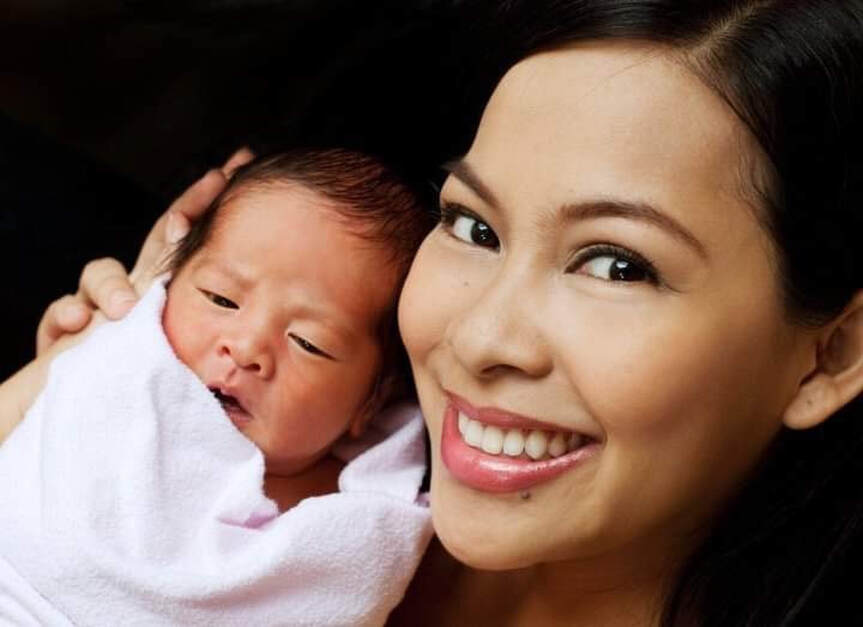
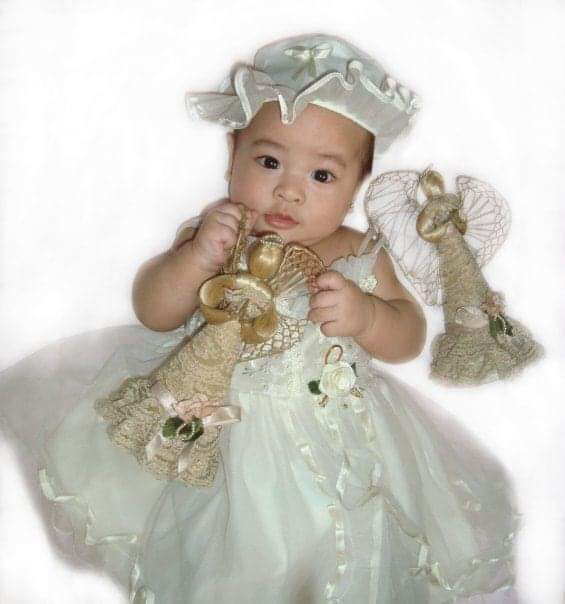

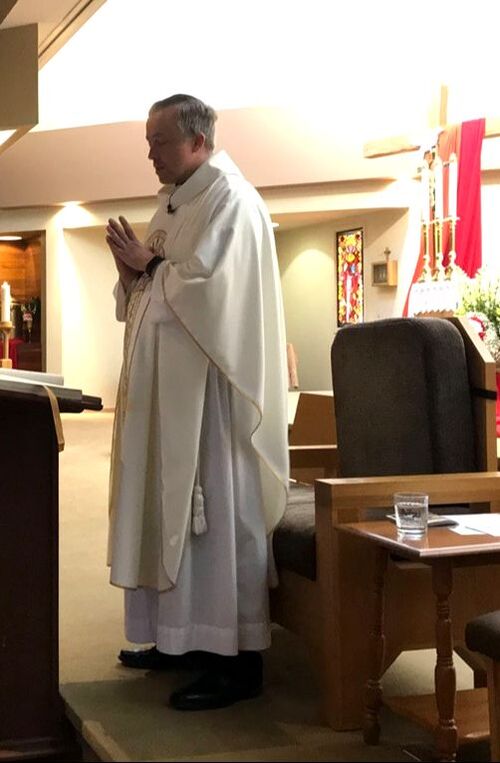
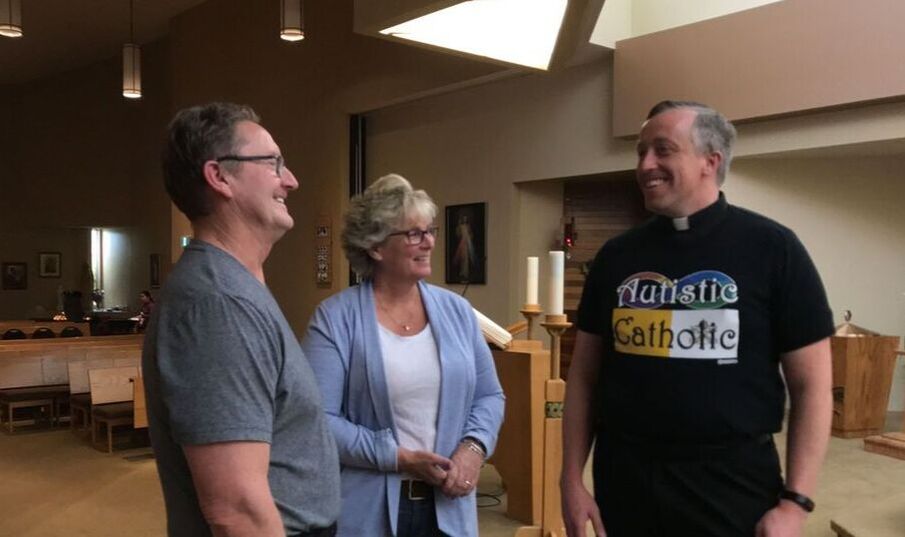
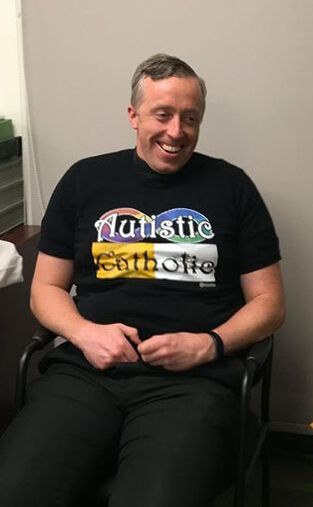
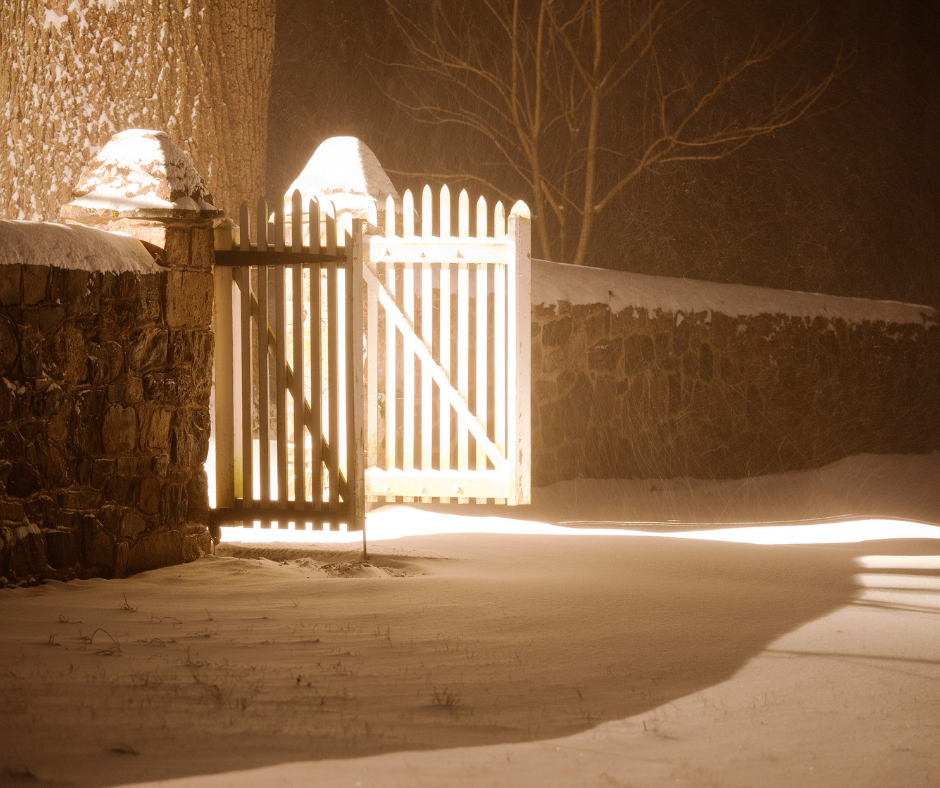
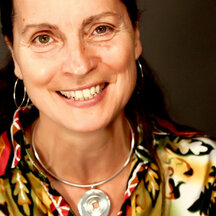

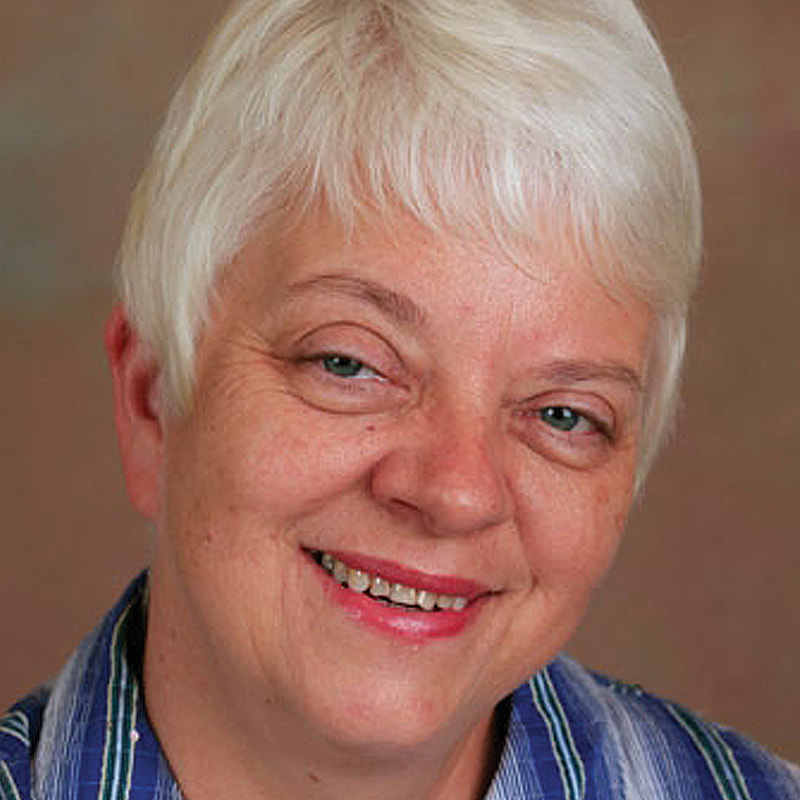
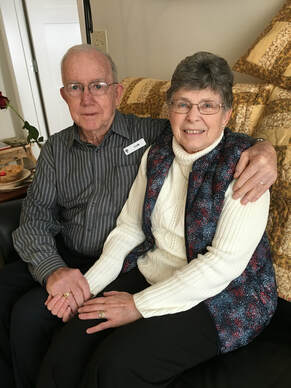
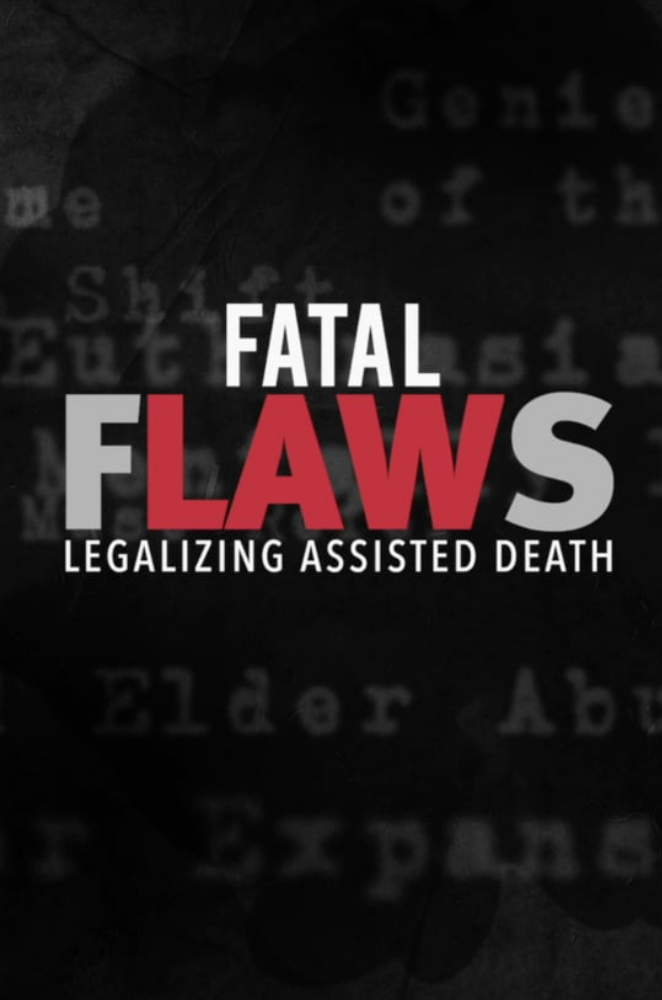
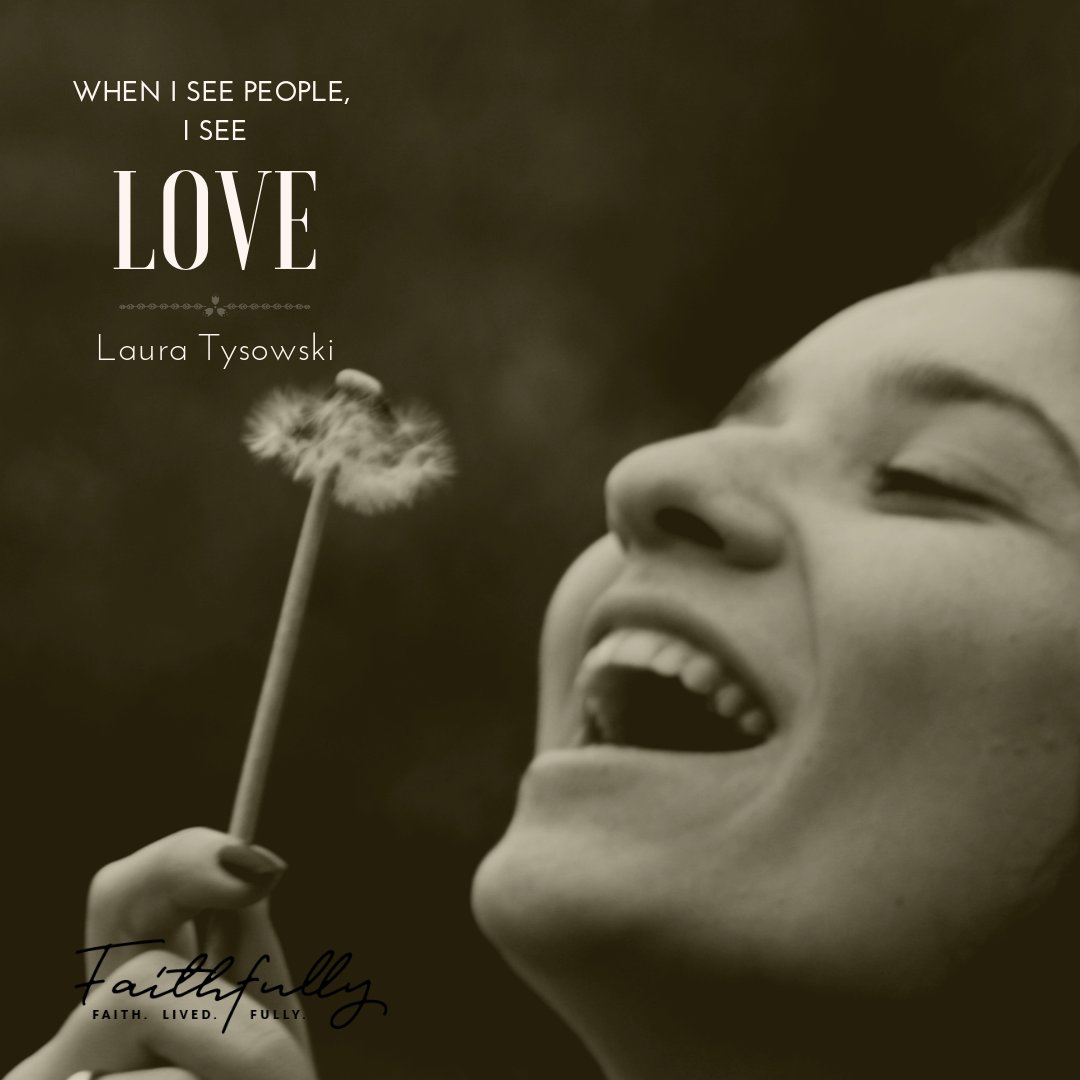
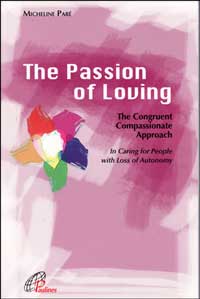
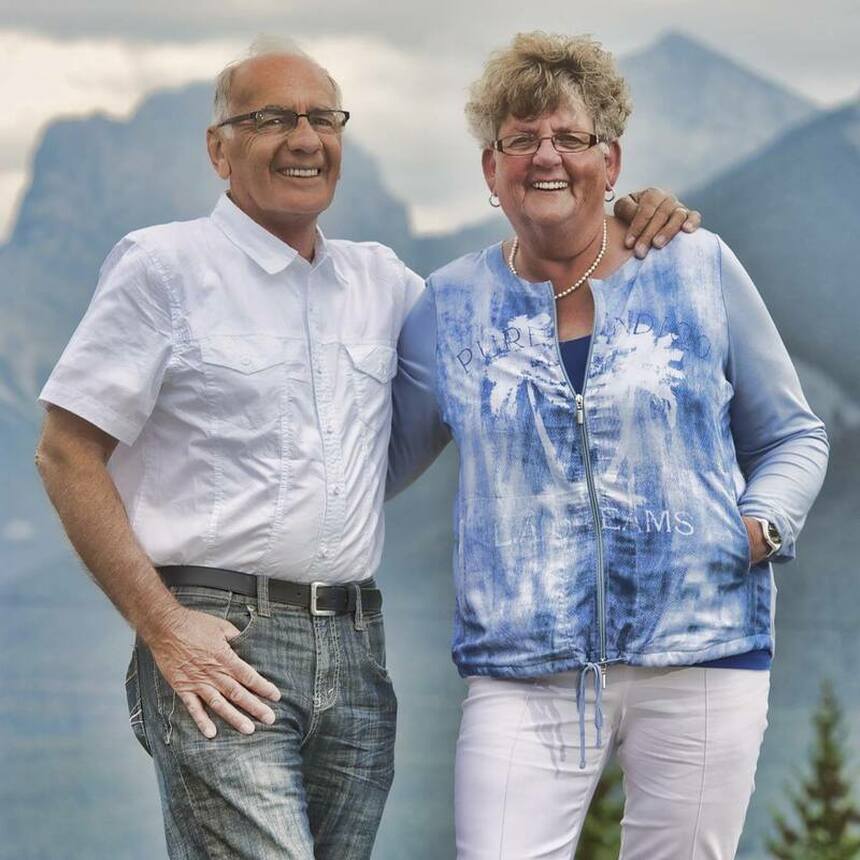
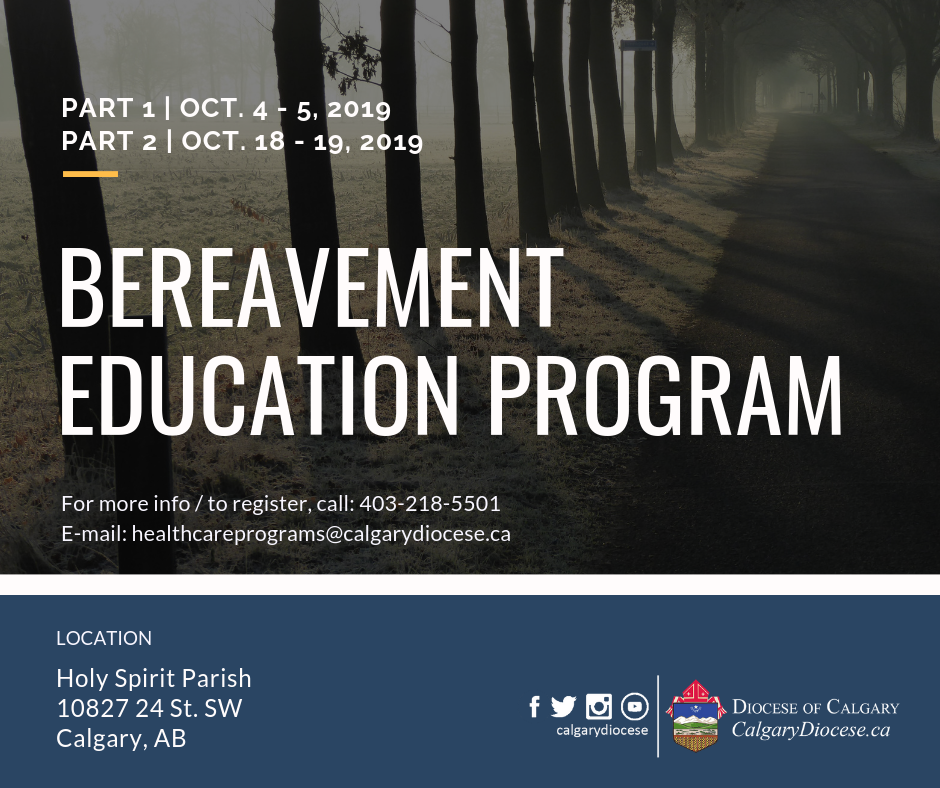
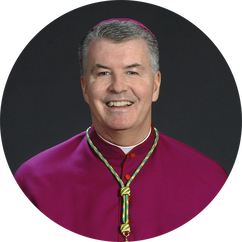

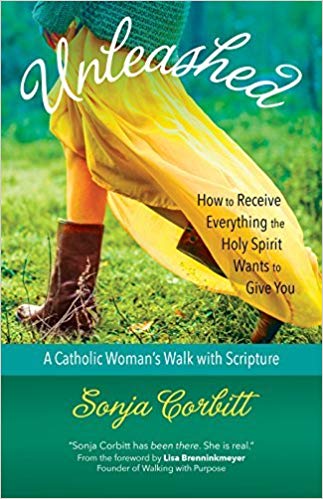
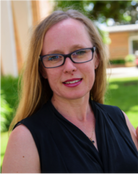
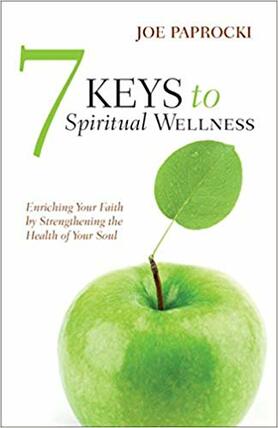
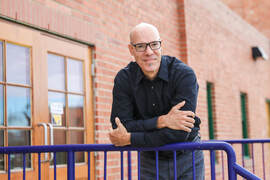
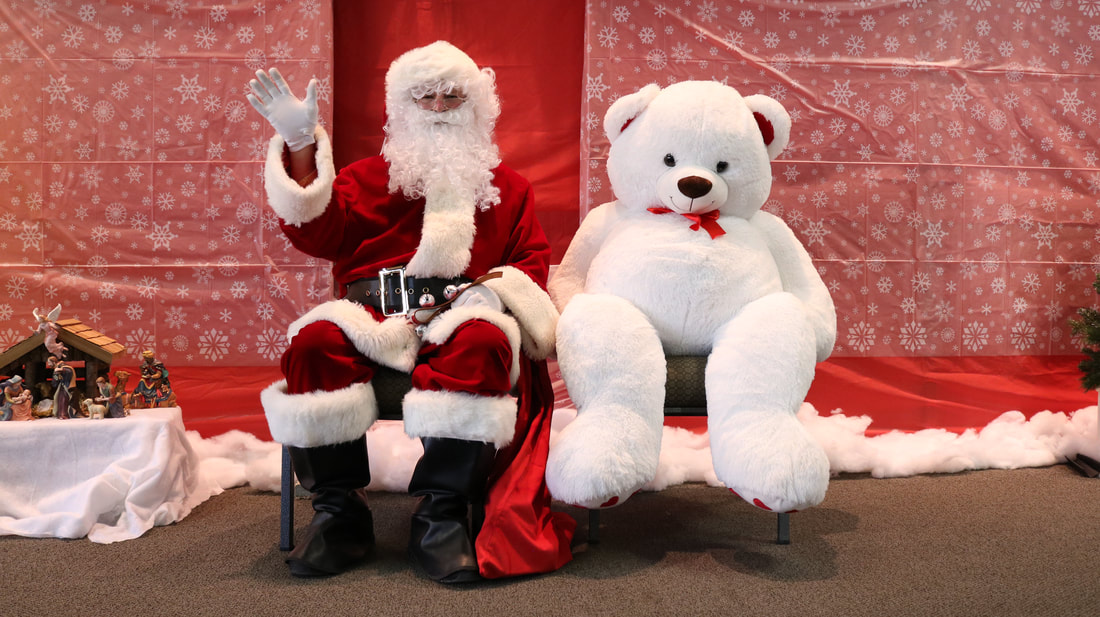
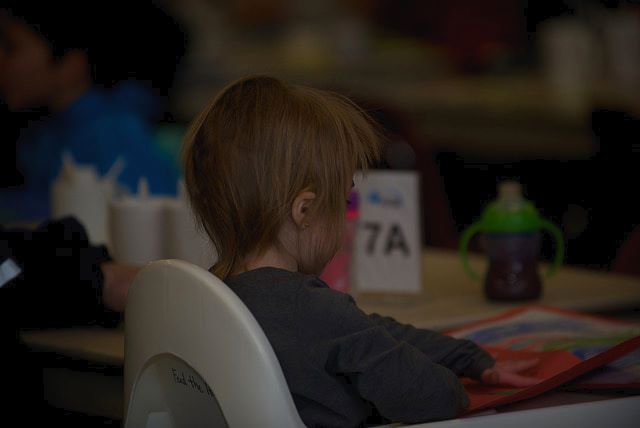
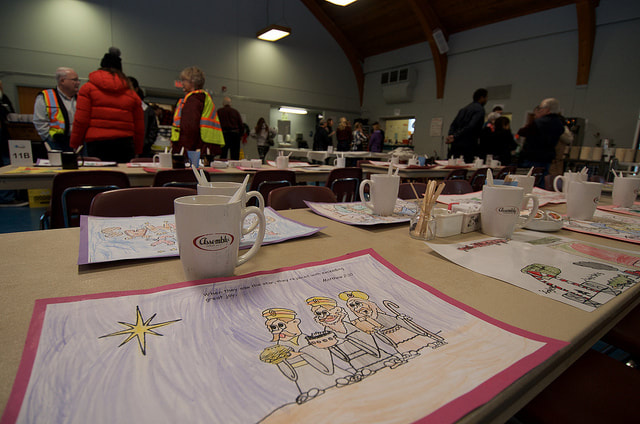
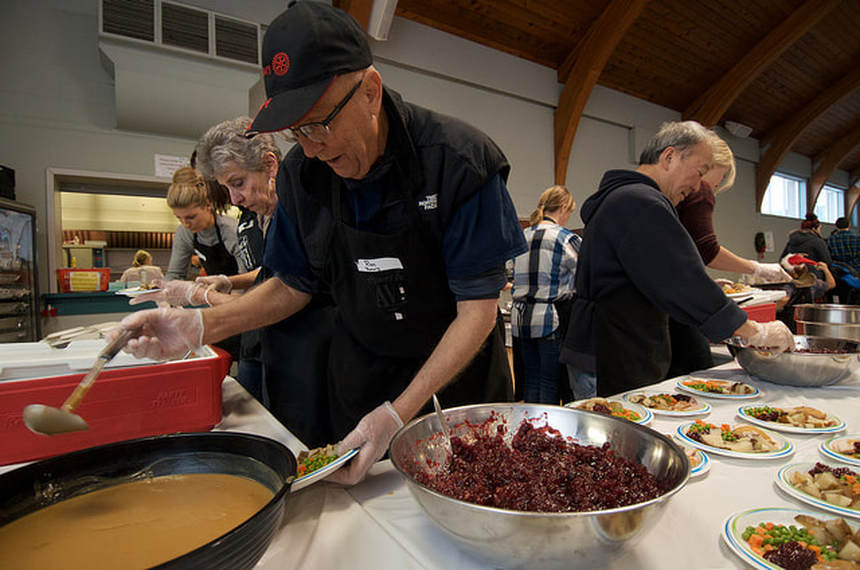
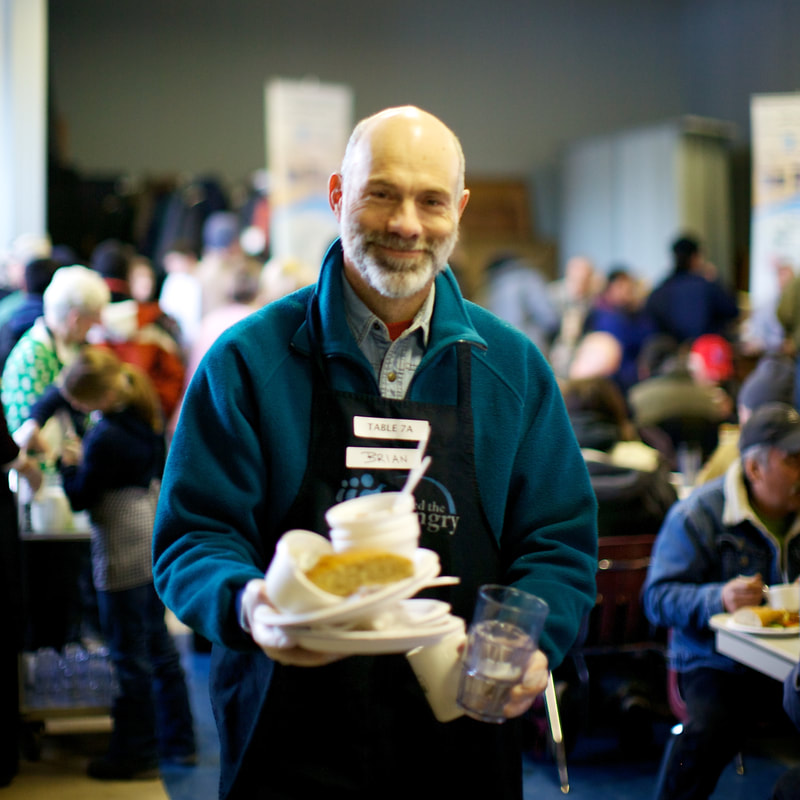
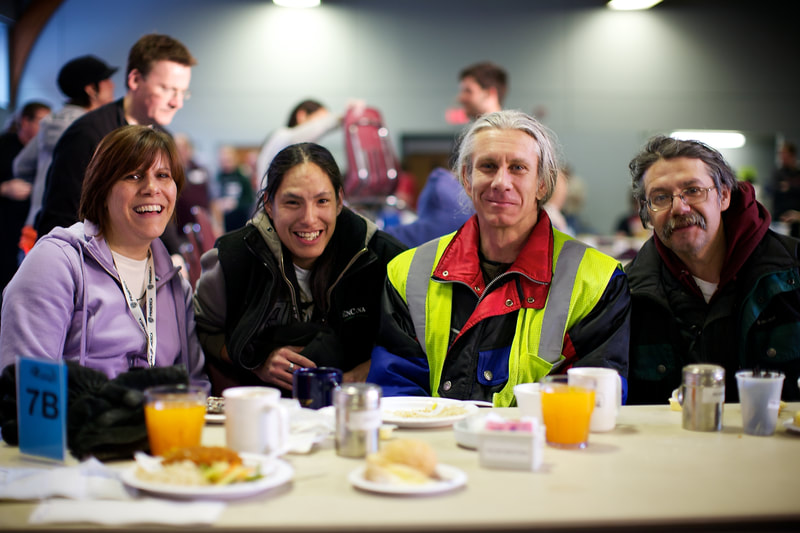
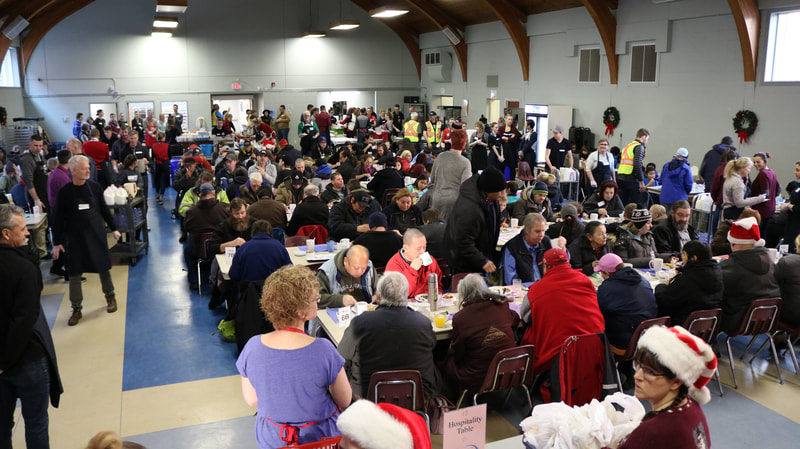
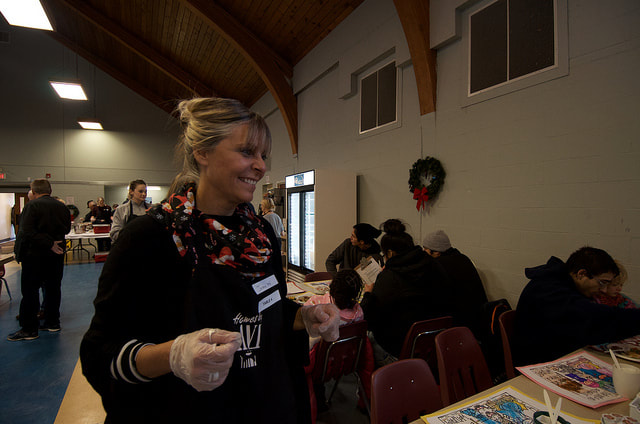
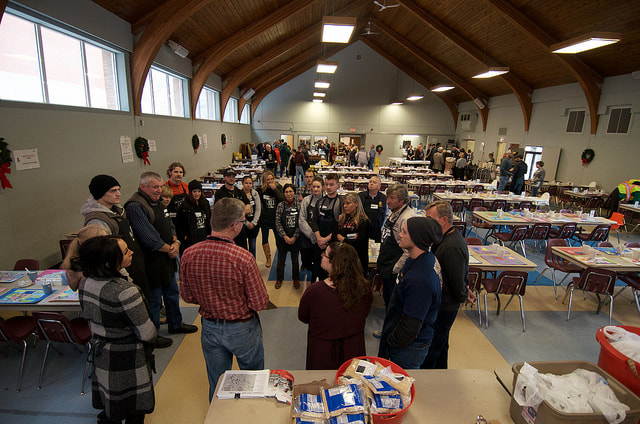
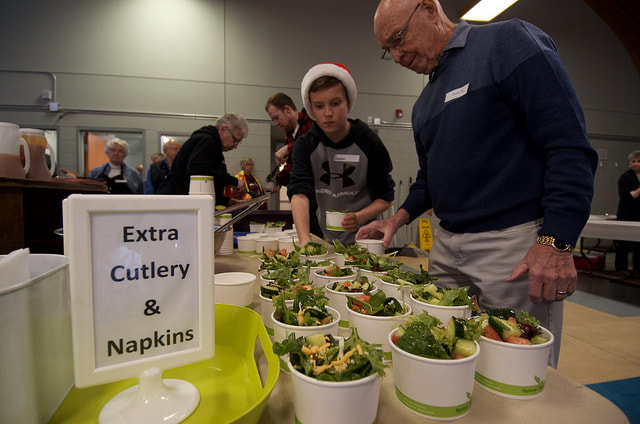
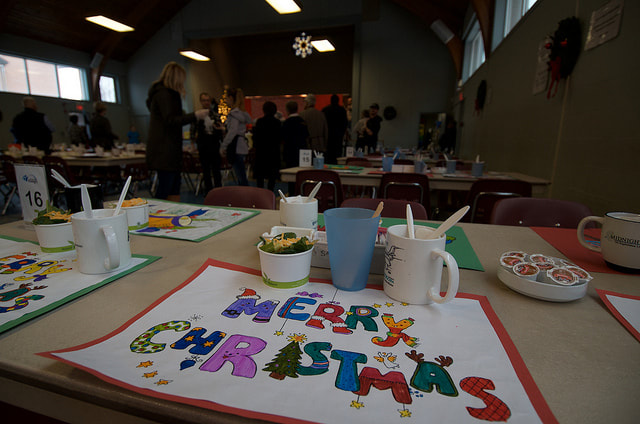
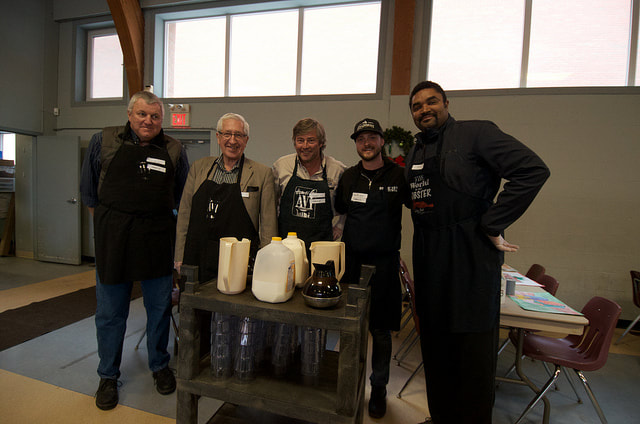
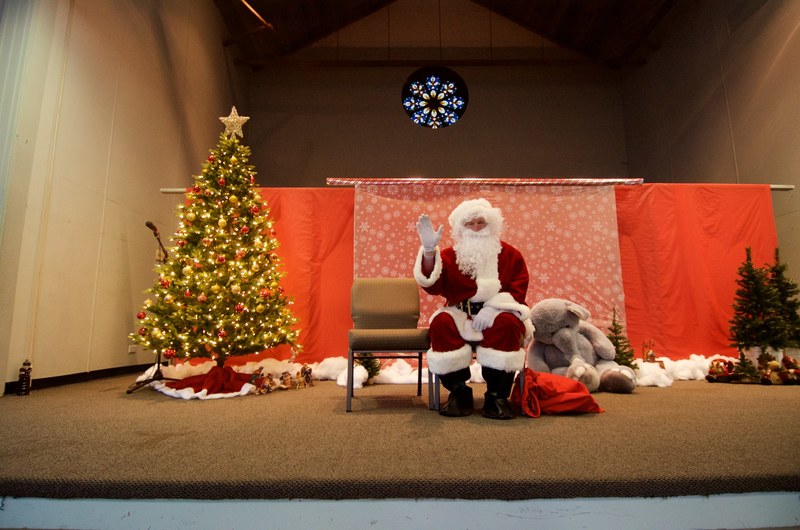
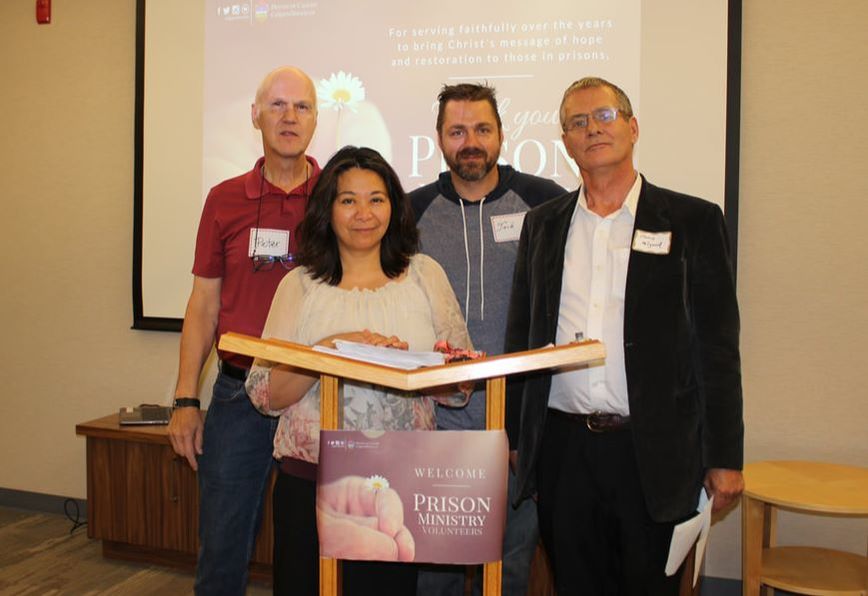
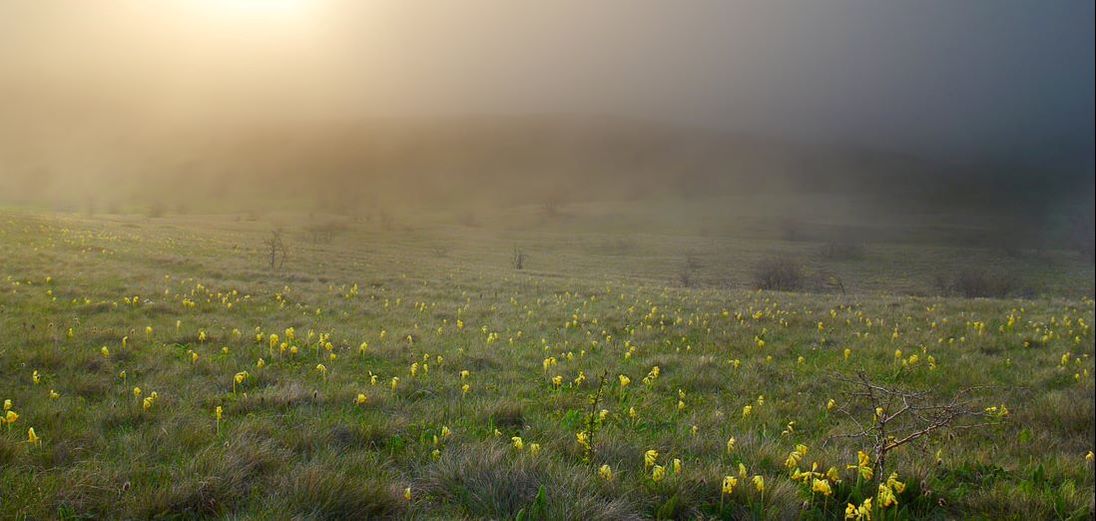
 RSS Feed
RSS Feed